-
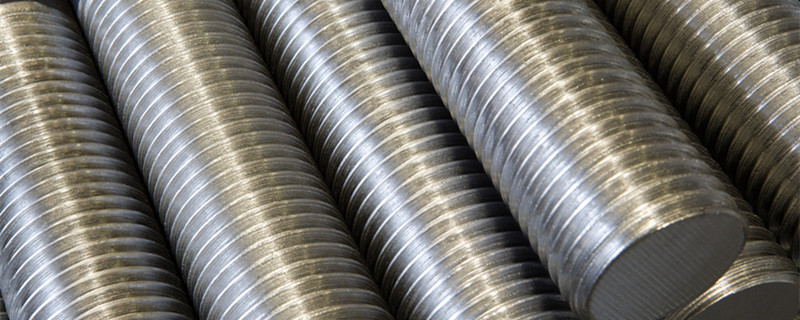 2023.9.30
2023.9.30Steel is one of the most common materials used in construction and manufacturing. One of the common steel materials is “ordinary carbon steel” or “low carbon steel”, also known as “mild steel”. Due to its excellent workability, weldability and relatively low cost, mild steel has become an indispensable choice in many industries. Whether you’re in home repair, construction, or manufacturing, it’s crucial to know how to properly use and maintain mild steel. This guide is designed to provide you with comprehensive information about mild steel......
-
 2023.9.30
2023.9.30We often hear the terms various composite materials in the field of textiles and synthetic materials, such as polyamide, nylon, and polyester fabric. These materials play an important role in modern life, whether in clothing, homewares, or industrial applications. However, for many people, understanding the subtle differences between these materials can be a bit tricky. So with this post, we break down the differences between polyamide, nylon, and polyester and help you better understand their properties, pros, cons, and scenarios where they can be used. What is Polyamide? Pol......
-
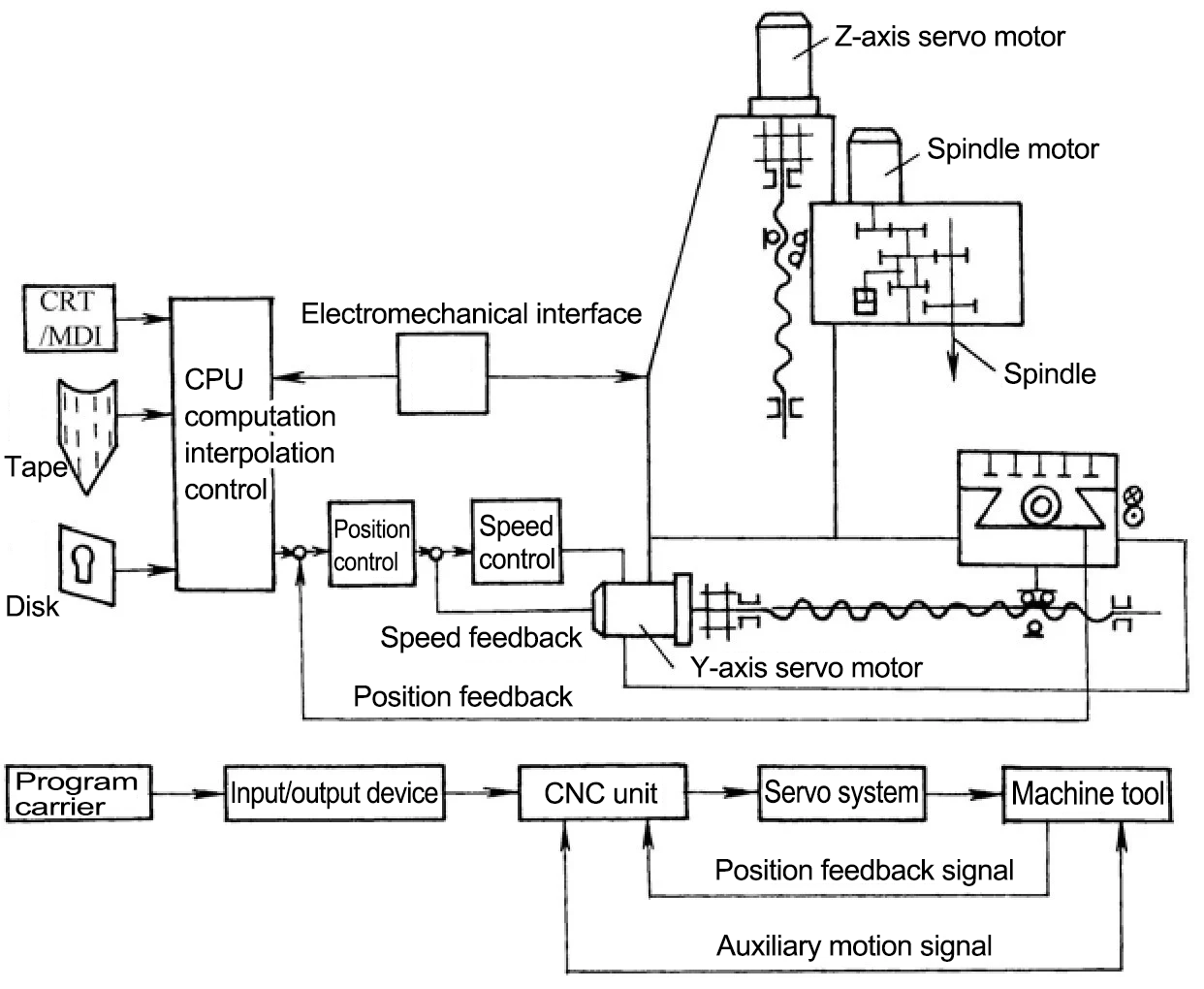 2023.9.26
2023.9.26When we talk about the technological revolution in modern manufacturing, few things can compare to the contributions of Computer Numerical Control (CNC) machine tools. They are the marvels of the manufacturing world, bringing forth endless possibilities to our realm. However, few truly comprehend the inner workings and principles behind CNC machine tools. With this CNC machine guide, we will talk about the the components that make up CNC machine tools deeply, unveiling how they collaboratively create precision, efficiency, and astonishing manufacturing wonders. Wha......
-
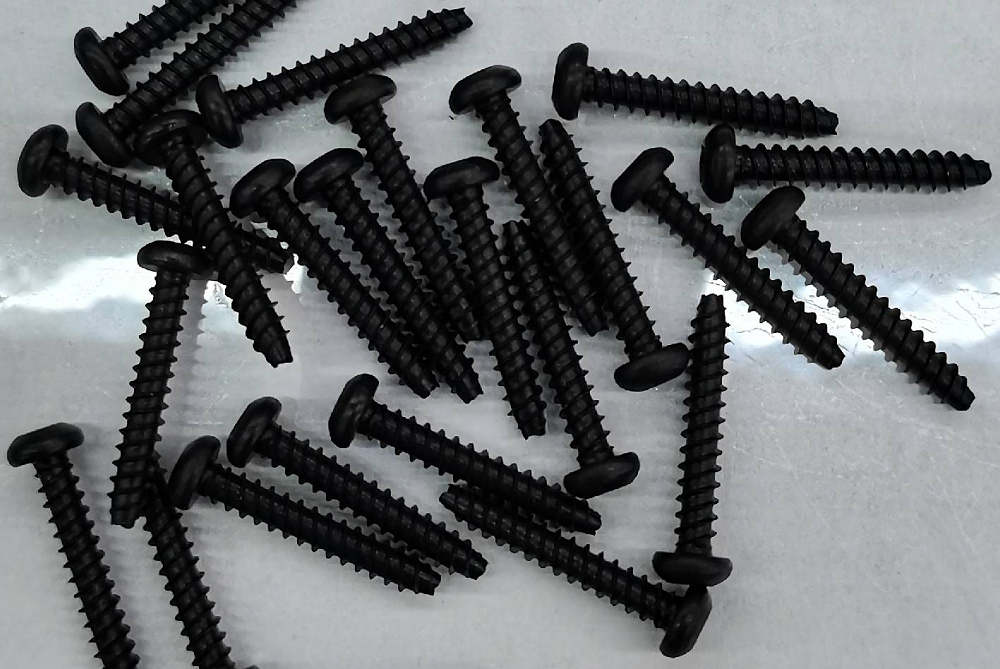 2023.9.20
2023.9.20Black anodizing, black electroplating, and blackening treatment are three common methods for surface treatment of metals, each with its unique principles, characteristics, and applications. This post will provide a detailed overview of the distinctions and characteristics among these three methods. Black Anodizing vs. Black Electroplating vs. Blackening Treatment When it comes to enhancing the performance, extending the lifespan, or giving a specific appearance to metal surfaces, there are various methods to choose from. Among these methods, black anodizing, black electroplatin......
-
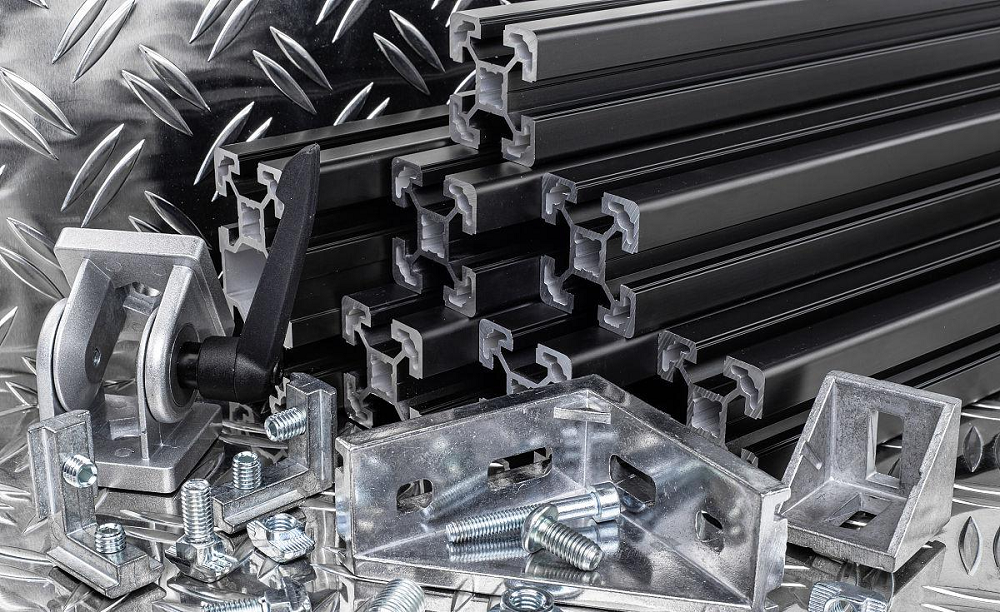 2023.9.20
2023.9.20Black anodizing is a commonly used blackening surface treatment technique for aluminum parts. This surface treatment process not only gives the metal surface an attractive appearance but also enhances its wear and corrosion resistance. It is worth noting that not only can aluminum undergo this treatment, but other metals, such as magnesium and titanium, can also undergo black anodizing. These advantages make black anodizing the preferred surface treatment process for non-standard parts in industries such as automotive and aerospace. In the field of mechanical parts processing and precis......
-
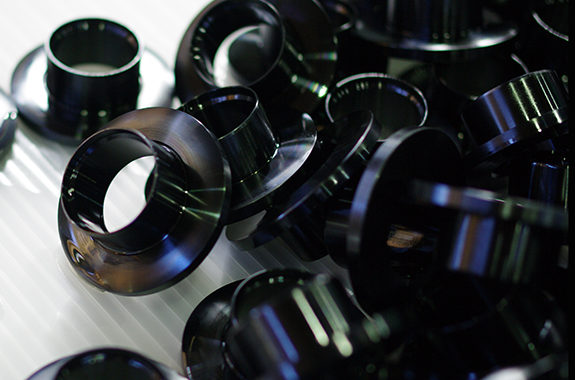 2023.9.20
2023.9.20Triiron tetroxide coating, also known as “Black dyeing” or “fermite treatment,” is a surface treatment method that blackens the surface of steel materials, as the name suggests. However, it does not really “dye it black.” A chemical reaction is used to create a black film on the surface. Black dyeing has various advantages, such as being able to impart rust prevention properties, being inexpensive, not changing dimensions, and being difficult to peel off. We will explain in detail the principles, characteristics, processes, and precautions of black dy......
-
 2023.9.19
2023.9.19In the field of mechanical design and manufacturing, countersunk holes and counterbore holes are common types of hole machining, and their selection directly affects a product’s appearance, functionality, and assembly quality. The “tiny secret holes” of precision electronics, though inconspicuous on hardware boards, play an important role in the microscopic world of precision devices. They quietly serve as the foundation for the stable operation of entire electronic systems. Among them, counterbore holes, countersunk holes, flare holes, and press-fit holes each demonstrate their unique ......
-
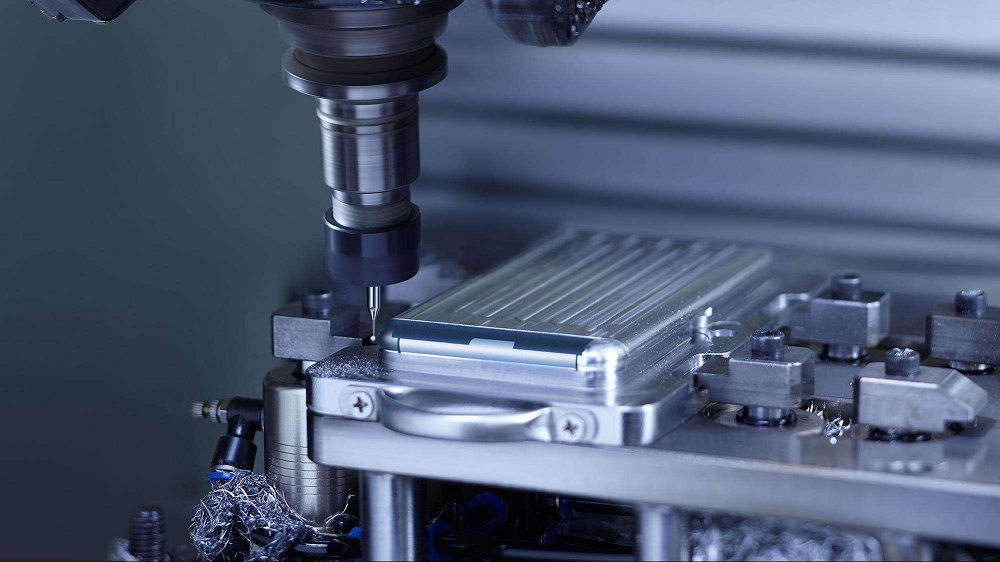 2023.9.17
2023.9.17The lathe machine stands as one of the most essential tools in the arsenal of any machinist, capable of shaping a wide array of materials with precision and accuracy. Among its many versatile operations, turning holds a special place. With this post, we tell you the intricacies of turning on a lathe machine, exploring its meaning, the various types of turning operations, and other crucial aspects associated with this fundamental process. What is Turning in Lathe Machine? CNC Turning is a fundamental operation performed on a lathe machine, characterized by the rotational mo......
- Home
- Machining techniques
- CNC Machining Services
- Cooperative supply services
- Designs
- Materials
- Finishing Services
- Shop
- Products
- Guide
- About Us
- Contact Us

